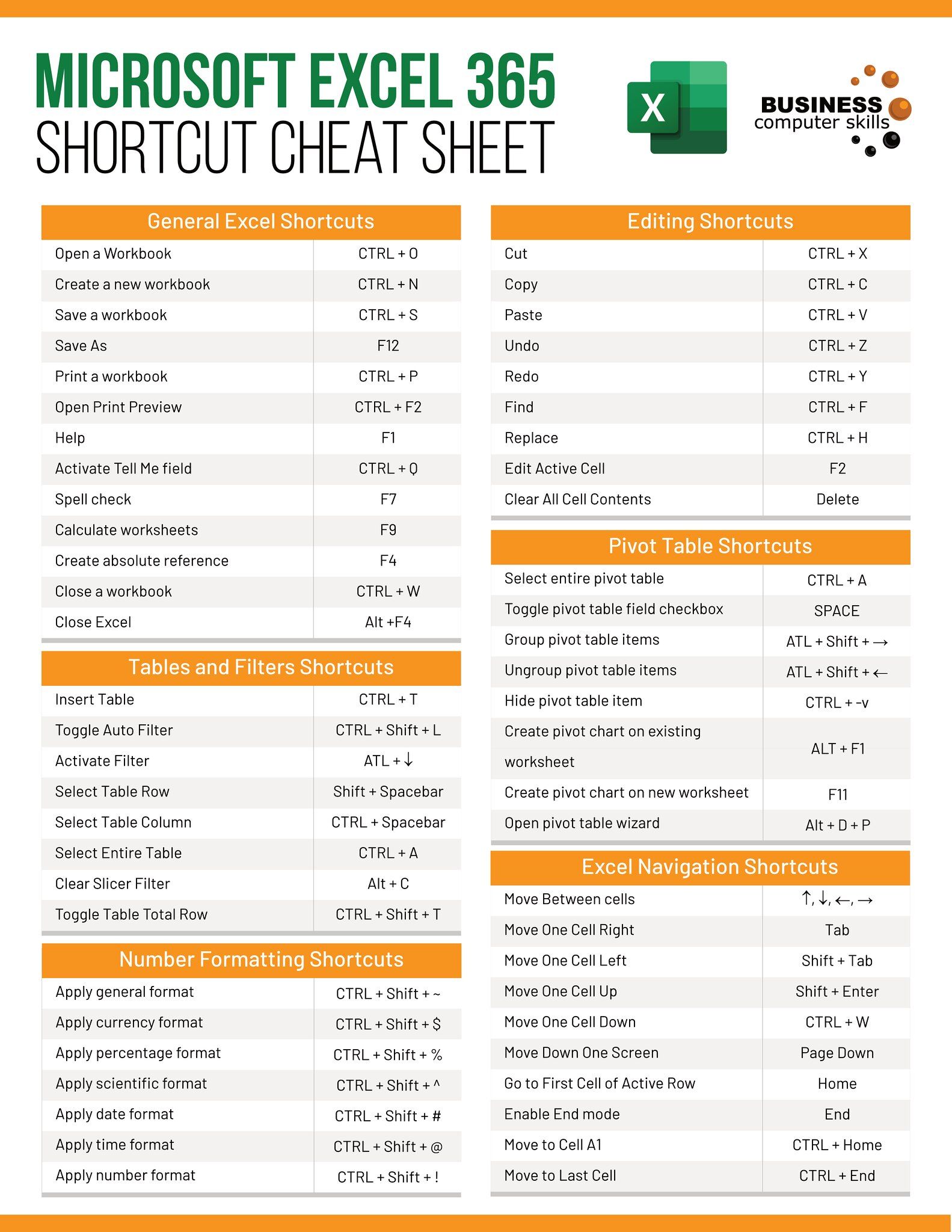5 Quick Tips to Resize Excel Sheets Effectively

In the bustling realm of modern business and academic endeavors, Microsoft Excel stands as an unwavering pillar of data management. But when you're dealing with colossal spreadsheets or need to quickly share data, knowing how to resize Excel sheets effectively can save you invaluable time and enhance your workflow. Here, we delve into 5 quick tips designed to streamline your Excel experience, making sheet resizing a task of finesse and efficiency.
Tip 1: Utilize Custom Views for Rapid Resizing

Excel's "Custom Views" feature isn't just a convenience; it's a game-changer for resizing sheets.
- Create Custom Views: Define and save specific views of your workbook with named ranges.
- Restore with One Click: With a saved custom view, resize your sheet by merely selecting the view from a list.
🔍 Note: Custom views not only assist in resizing but also manage large datasets more efficiently.
Tip 2: Freeze Panes for Fixed Headers

Managing large datasets often leads to the issue of losing your headers. Here's how freezing panes can help:
- Select the cell below the rows and to the right of the columns you want to freeze.
- Go to the "View" tab, and in the "Window" group, click "Freeze Panes."
Tip 3: Split and Resize Screen Views

Split your workbook into separate panes to enhance comparison or edit different parts simultaneously:
- Vertical Split: Drag the vertical split bar at the right of the horizontal scroll bar to split left and right.
- Horizontal Split: Drag the horizontal split bar above the vertical scroll bar to split top and bottom.
Tip 4: Zoom with Precision

Excel’s zoom features are not just for accessibility; they are powerful tools for resizing your view:
- Custom Zoom: Instead of using the scroll wheel, enter a specific percentage for precise resizing.
- Zoom to Selection: Quickly resize the view to highlight the cells you're working with.
🔍 Note: 'Zoom to Selection' is especially handy when navigating large datasets to focus on relevant sections.
Tip 5: Resize Columns and Rows Smartly

Resizing columns and rows manually can be cumbersome. Here’s how to do it efficiently:
- Autofit: Double-click between column headers or row numbers to automatically adjust widths or heights.
- Selective Resizing: Select multiple columns or rows and resize one at a time to maintain uniformity.
From utilizing custom views to smartly resizing your columns and rows, these tips and techniques have shown you how to navigate Excel with ease. By incorporating these methods, you’ll transform a potentially tedious task into a smooth, productive workflow.
What is the fastest way to resize an Excel sheet?

+
Utilize the “Zoom to Selection” feature, which can instantly resize the sheet to focus on a specific range of cells.
How can freezing panes help with sheet resizing?

+
Freezing panes helps by keeping your headers or labels in view, making it easier to navigate and manage large datasets without losing context.
Can Custom Views be used in Excel Online?

+
Custom Views are a desktop Excel feature, not available in Excel Online, where you would have to manually resize sheets.
What are the benefits of using a split screen view in Excel?

+
Using a split screen view allows for simultaneous editing of different parts of your spreadsheet or easy comparison between sections, enhancing productivity.



